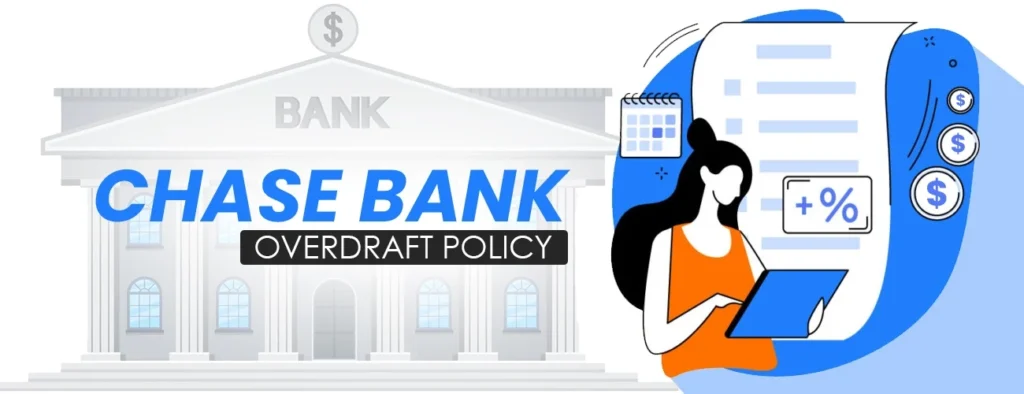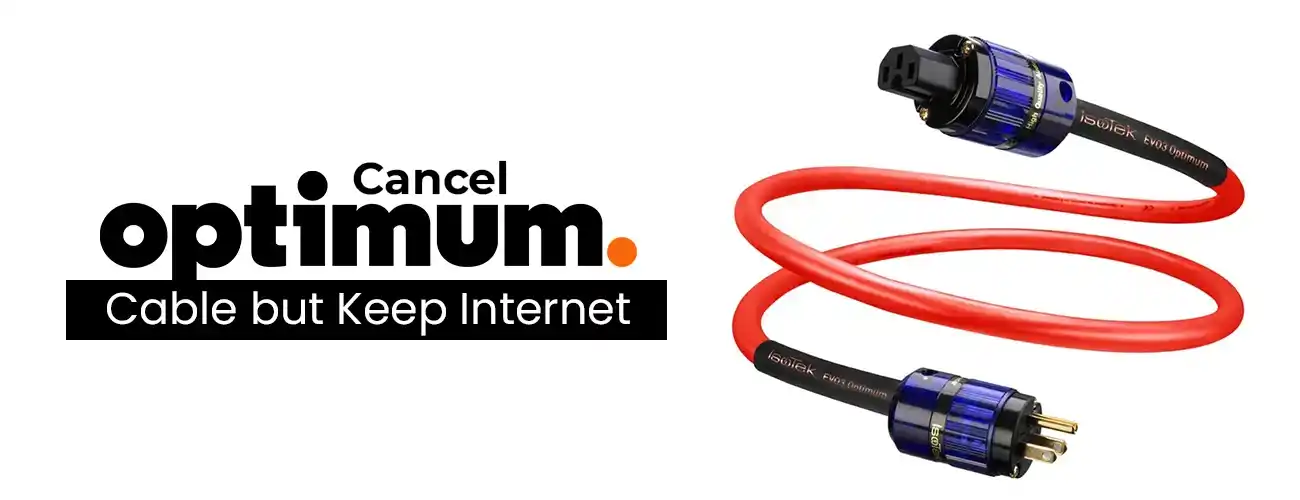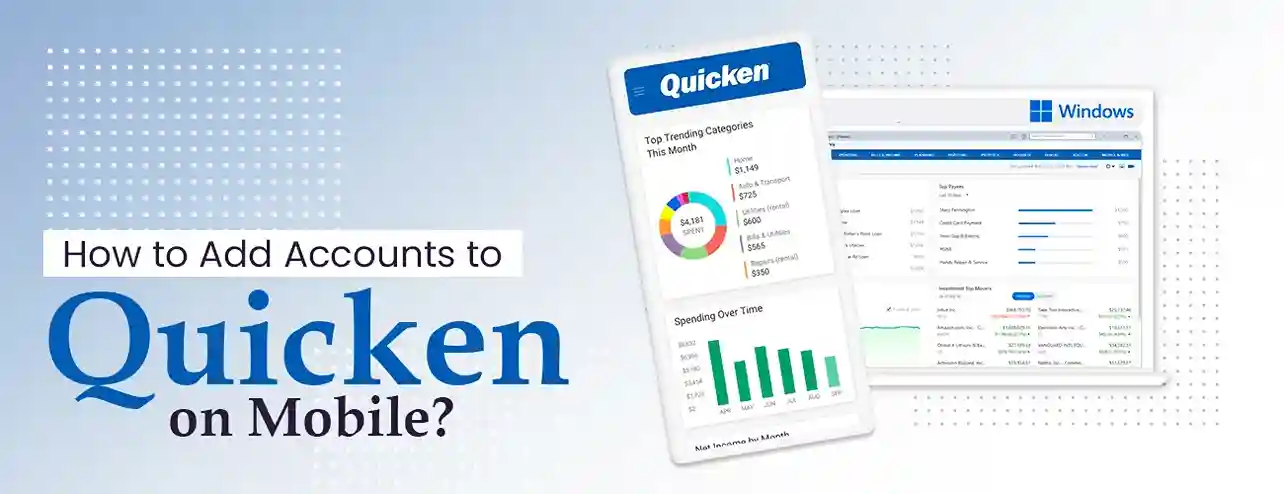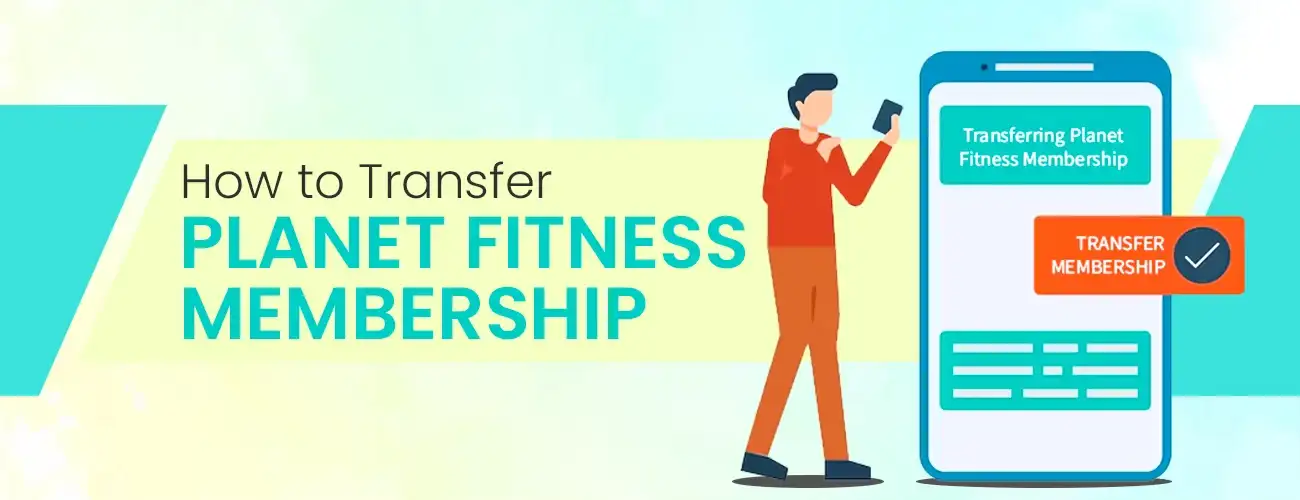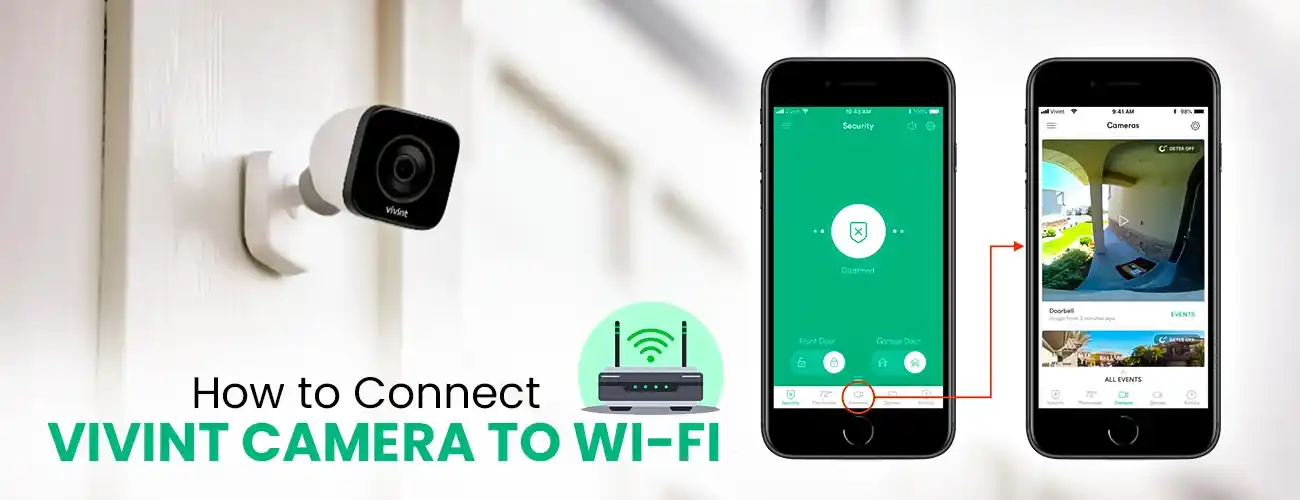Chase Bank is highly acclaimed for its banking and credit policies. Whether customers need financial help for personal or business needs, they can count on it. Recently, Chase has approved its new overdraft policy and has made it more customer-friendly. But, the customers are unaware of the rules. Getting aware of the new Chase Bank Overdraft Policy will help them understand the limits and fees and ultimately save money.
In the following blog, we will break down the Chase Overdraft Charge policy, and how it applies to the various types of accounts.
Standard Chase Overdraft Policy
Before understanding the key points of the Chase Overdraft Policy, let us first know what is overdraft in the banking sector.
Sometimes we need extra dollars, but our account has insufficient funds. Since you need the money to cover the payment, the bank pays the bill on your behalf. In short, it is just the supplementary credit that a bank offers when the money in the account has been exhausted. Mostly, all the banks charge an overdraft fee for extended withdrawals but many also offer overdraft protection. Through overdraft protection, you can save on overdraft charges but the interest will still incur.
Chase Bank has its own rules and regulations for overdraft requests. Let us dig into the details.
- Chase does not guarantee the approval of the overdraft request.
- The bank looks into the account history of the customer, deposits, debts, and transactions. Thus, it is the sole decision of the bank to approve the overdraft payment.
- The following accounts are not eligible for an overdraft:
- Chase High School Checking
- Chase First Checking
- Chase Secure Checking.
- Chase Checking Account Overdraft Policy states that the facility is not available for any type of expense. Only certain payment activities are eligible.
- Chase Bank offers four overdraft formats:
- Standard Overdraft Practice
- Chase Overdraft Assist
- Overdraft Protection
- Debit Card Coverage
- Customers will be charged an overdraft fee for each transaction.
- When the customers check their bill cycle, they can identify the overdraft charges by the following cryptic message “TOT ODP CR SWP MEMO” or “TOT ODP DR SWP MEMO.”
Chase Overdraft Fees
Just like many other banks, Chase also charges penalties or extra fees for overdraft transactions. Under the Standard Overdraft Practice, Chase Bank charges $34 for each transaction that overdraws a customer’s account by more than $50.
According to Chase Bank’s Overdraft Policy, all transactions are not eligible for overdraft approval. Only the following payment activities will be considered by the bank:
- Recurring debit card purchases such as gym membership, streaming platforms, etc.
- Automatic payments are made through your checking account.
- Payment is initiated through your checking account.
- Personal checks.
However, Chase applies overdraft limits for a single day. The bank permits three overdrafts per day, summing up the total charge up to $102 in a single day.
Chase Overdraft Assist
Customers don’t have to enroll in Chase Overdraft Assist. It is complimentary with all checking accounts except for Chase High School Checking, Chase First Checking, and Chase Secure Checking.
With Chase Overdraft Assist, account holders get confidence and flexibility.
- If the transaction request is less than $5, then it will not charge the overdraft fee.
- Also, if the payment is declined.
- In case the customer has overdrafted their account by less or equal to $50 in a single day.
- Moreover, Chase Overdraft Policy states that customers can avoid the overdraft fee if they bring their balance to zero by covering the difference in a single day.
- Since Chase Bank charges overdraft fees through its nightly processing starting from the first transaction above $50, customers have the following deadline for avoiding the fee.
- Online Banking: Till 11 P.M., EST
- Through the ATM: Till 11 P.M., EST
- At the Branch: Before it closes
Chase Overdraft Protection
Since your checking account does not have enough fund, Chase Bank steps up and pay the bills on your behalf. But what if your Chase savings account has the desired amount to cover your bill?
Chase Overdraft Protection is an optional service that allows customers to link their savings and checking accounts. Customers have to fill out the form to take benefit of Chase Overdraft Protection.
Under the facility, Chase links the checking and savings accounts. So, when the customer has insufficient funds in their checking account, but their savings account has enough amount, then Chase will use the money from the backup account to complete the transaction.
Protection Coverage
Chase Overdraft Protection covers all transactions. Customers can use it to pay for everyday debit card transactions like dining or groceries.
Overdraft Protection Fees
On the official website of Chase, they strictly deny any charges for Overdraft Protection. Customers can apply for it for free and enroll in the facility without any extra charge.
But, there is a catch! Chase Bank permits the first six savings account withdrawals in a month for free. After that, Chase applies $5 for subsequent withdrawals in a month.
On the other hand, if your savings account too not have sufficient funds, then the rules of Chase Standard Overdraft Policy will apply.
Steps to Set Up Chase Overdraft Protection
Customers can enroll in Chase Overdraft Protection for free. They can use the Chase Bank app to apply for it. Here are the steps to apply for Chase Overdraft Protection.
- Log in to the Chase Bank app.
- Choose the checking account for overdraft protection.
- Now, swipe up and click the option of Overdraft Protection.
- After that, choose the savings account you want to set as a backup for your checking account.
- Hit the Done button.
- Review the Overdraft Protection terms and conditions.
- Finally, click on the Update protection option.
Chase ATM Overdraft Policy
Another question that commonly people ask is can they overdraft Chase ATM? Well, Chase has different rules for ATM Overdrafts. It depends on the scenarios.
If the customer has Chase Overdraft protection, and they have enough funds combined in the savings and checking account, then they can make the withdrawal from the ATM. There will be no overdraft fee.
However, Chase’s standard overdraft practice kicks in if your savings and checking account do not have sufficient funds. But, in the case of ATMs, even if the customer has Overdraft Protection, but not sufficient funds, Chase will decline the overdraft. So, according to Chase Overdraft Policy, it does not allow overdrafts at the ATM.
Chase Debit Card Coverage
Customers have the choice of activating and deactivating the overdraft service on their Chase debit card. All the rules of Standard Overdraft Practice apply to Chase debit card transactions.
The Chase charges an overdraft fee of $34 for transactions through debit card. There will be no additional fee if the amount is less than $5. With Chase Debit, customers can use the overdraft for payments at grocery stores, dining, gas stations, etc.
However, there are two scenarios for Chase Debit Card Overdraft transactions.
No Overdraft Protection
If the customer does not have Chase overdraft protection, they have the option of YES or NO.
- If the customer clicks on NO, the payment will be declined.
- On the other hand, if they click on YES, Chase may pay the bill on their behalf.
With Overdraft Protection
However, if the customer has Overdraft protection and enough funds in their savings account, Chase will not wait for the customer’s decision. With the Chase Debit card coverage facility, it has full authorization to deduct the amount from the linked backup account and pay for the transaction.
Steps to Set Up Chase Debit Card Overdraft Coverage
If you want to enable overdraft coverage on your debit card, then it can be done easily via the Chase mobile app. Check out the steps below:
- First, sign in to the Chase app.
- Select the checking account for which you want to enable the debit card overdraft coverage.
- Now, select the option of Debit Card coverage.
- Read the terms and conditions and click on the “Agree” option.
- After that, select the Update coverage option.
How to Avoid Chase Overdraft Fee?
Even if Chase offers Overdraft Protection, there will be $5 fees after six savings account withdrawals in a month. Although it gives a little cushion, customers need to take the necessary steps to avoid the Chase overdraft fee.
Enroll in Overdraft Protection
If you responsibly manage your expenditures, then you can also enroll in Chase Overdraft Protection to tackle the Overdraft Protection fees. The facility provides a cushion and use your savings account as an alternative to pay the bill.
Monitor the Balance
Nothing beats the awareness of the balance in your savings and checking account. If you are aware of the amount in your checking account, you can decline the payment voluntarily.
On the other hand, you can also set spending limits to keep your payment activities in check.
Opt out of Chase Overdraft Facility
If you frequently overdraft from your checking account, then you can opt out of the Chase Bank overdraft service. Sometimes, unawareness of the balance in the account can lead to a substantial amount of transactions and the inability to pay it back can turn out to be more expensive. Thus, you can avoid the overdraft fee by option out of the Chase Overdraft facility.
Is it Worth Enrolling in Chase Overdraft Protection?
It is an obvious question that brews in the minds of customers – Whether they choose Chase Overdraft Protection or not. The answer is YES.
If you fail any transactions, then it may consequently cause:
- Late fees.
- Merchant fees.
- Insurance coverage cancellation.
Thus, to prevent embarrassment, you can enable the Overdraft Protection facility. With it, you will be able to transfer the funds from your savings account to your checking account and process the payment. In this way, you can also avoid the Chase Overdraft fee.
Moreover, there are no extra charges for enrolling in the Overdraft protection, it is free. The Chase Overdraft protection covers all transactions including debit card transactions. Thus, it becomes handy when you are paying for your daily bills.
Readers are recommended to contact the Chase Bank Customer Service for further details on the Overdraft Policy.
Frequently Asked Questions
Can Chase take away an overdraft?
Chase does not guarantee overdraft approval every time. It is the sole decision of Chase whether to approve or not the overdraft request. It checks the bank account history, debts, and balance cycle to assess the decision.
Which Chase bank accounts are not eligible for an overdraft facility?
Chase allows all types of bank accounts for the Overdraft facility, except for three accounts:
- Chase High School Checking.
- Also, Chase First Checking.
- Chase Secure Checking.
How to get Chase Overdraft Protection?
You can enable the Chase Overdraft Protection for free. You can sign in to the app, and select the checking account for which you want to permit the protection. After that set up the backup savings account. In the next step, review the terms and conditions and click on the update protection button to enable the overdraft protection.
Do I have to enroll in the Chase Overdraft Assist?
No, you don’t have to enroll for Chase Overdraft Assist separately. It comes with all the checking accounts apart from Chase First Checking, Chase High School Checking, and Chase Secure Checking.
How much does Chase charge for overdrafts?
The Chase bank charges $32 as an overdraft fee for each transaction activity that draws the user’s account by more than $50 in a single day.
When does Chase not charge overdraft fees?
If the customer has overdraft protection, then there won’t be any penalties. Also, if the transaction amount is less than $5, Chase will not levy any overdraft fee. Moreover, if a customer brings down his negative balance below $50 at the end of the business day, then the bank will not levy any overdraft fee.
Did Chase change their overdraft policy?
Chase has recently equipped all the eligible checking accounts with Chase Overdraft Assist. Under the new Chase Overdraft Policy, customers won’t be charged any overdraft fee if, at the end of the business day, the total overdraft amount balance is less than or equal to $50.
